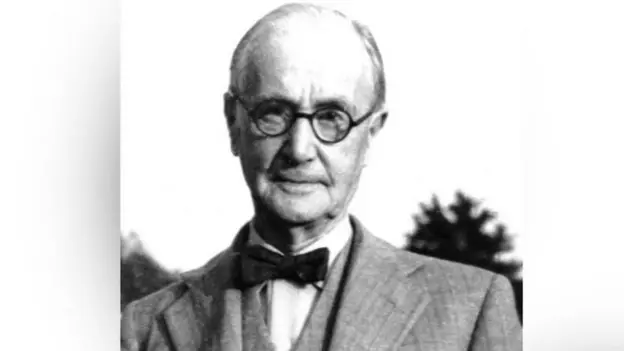| How Oliver Bulleid, a maverick engineer, helped shape modern rail Posted by Chris from Nailsea at 15:29, 28th September 2025 |     |
From the BBC:

While the achievements of engineers like Isambard Kingdom Brunel and George Stephenson are known the world over, one of the most interesting was the last chief mechanical engineer of the Southern Railway, Oliver Bulleid.
As part of Railway 200's year-long campaign to celebrate 200 years of the modern railway, the BBC is celebrating a man who made a huge impact in the industry.
Bulleid was renowned for his magnificent speedy pacific locomotives.
These included the Merchant Navy Class, built in Eastleigh, and the West Country & Battle of Britain class engine, which can still be seen at the Swanage Railway in Dorset.
Born in 1882 in New Zealand, he was an innovator from an early age.
He returned to the UK with his mother following the death of his father in 1889 and, while working for the London and North Eastern Railway (LNER) as a young man, he reputedly redesigned the coat hanger.
He reasoned that most men travelling in the company's sleeping cars would remove their jacket before their trousers, so literally raised the bar so passengers could hang their trousers on it without having to remove their jacket from the hanger.
By World War Two, Bulleid's drive for efficiency served him well in the war effort, particularly as he was now the chief mechanical engineer of the Southern Railway.
The south was on the front line and his new employer desperately needed cheap, powerful, and reliable steam engines to haul freight, including vital supplies and munitions.
One of the engines was the Q1, which was unconventional - some might say ugly – as it was stripped back to save on materials, but lightweight and powerful. But this was just what was needed.
After the war, Bulleid then designed Britain's only double-decker train. Having travelled widely in Europe, he may have taken inspiration from double-deckers on the continent, which provided extra capacity without the expense of making station platforms longer.
But these 4DD units, which were built in Eastleigh and Lancing, were not straightforward. The upper decks were staggered, with the floor of the upper deck around 4ft higher than that of the lower deck, due to the more restricted loading gauge on railways in the UK.
A small group of enthusiasts are currently restoring one, and Tim Parry from the Bulleid 4DD group says he remembers travelling on them fondly.
(BBC article continues)










